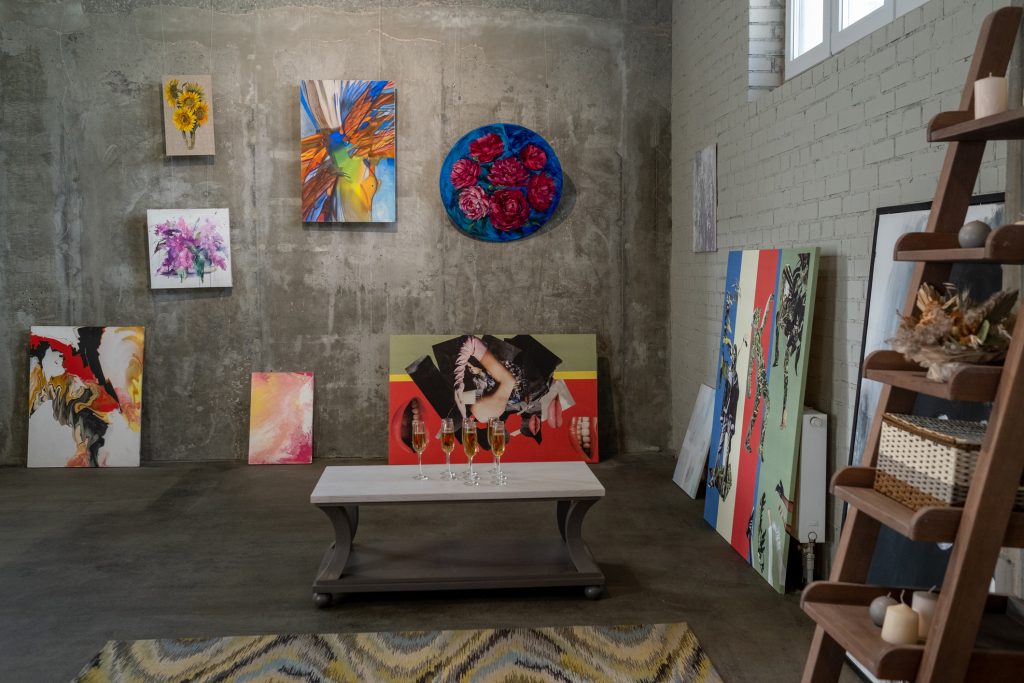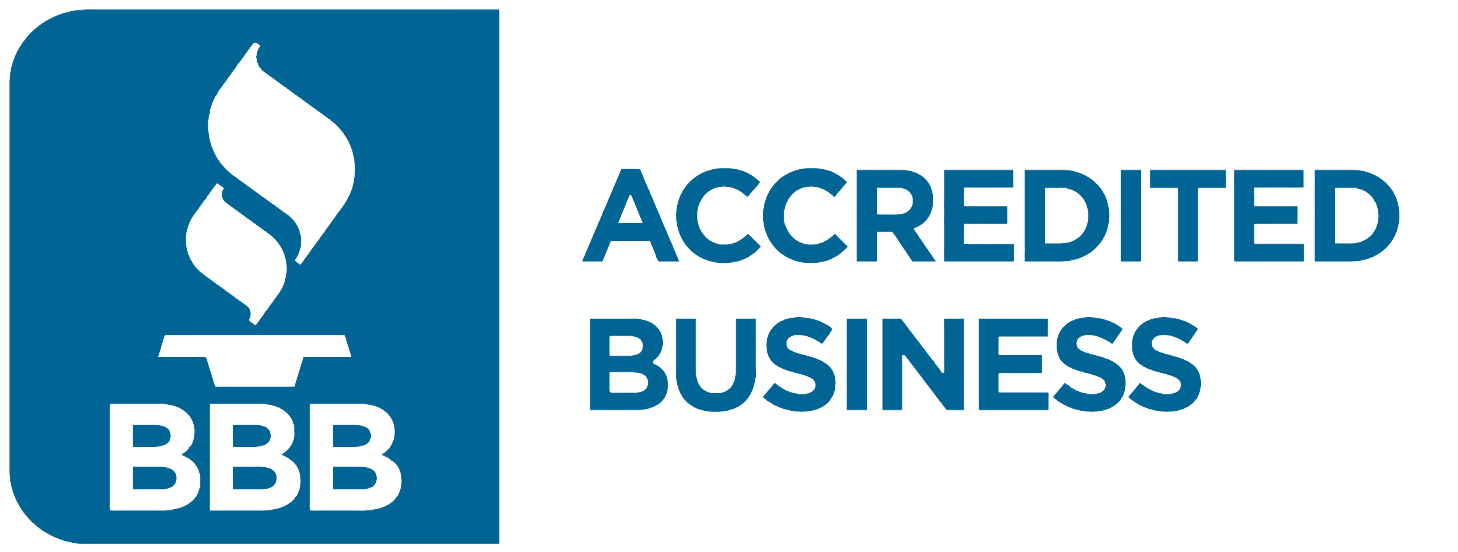
Art collecting has been a part of human life since early African and Asian civilizations collected and stored art in temples, tombs, and sanctuaries.[1] In more recent times, art collections have been mostly associated with royals and the ultra-wealthy. However, anyone can participate and become an art collector, and doing so can sometimes end up becoming an asset! If you are an art lover and want to build your own collection in retirement, here are small steps to get you started:
- Art Demands You Listen to Your Heart
Finding that art piece that adds character to your living room or adds that extra touch to your dining area can be a personal process. Whether it’s printed photographs, etchings, paintings, or sculptures, let it be something that you love or find interesting. Perhaps you already know an artist or art piece that speaks to you. If you’re unsure, visit museums, and attend fairs and exhibitions to find inspiration for what you might like and want to buy.
- Solid or Liquid Art?
With technological advancement, you can now own art physically or digitally. If you wish to place a few pieces around your home, then buying individual works from artists is best. In addition, you may find some pre-curated commissioned pieces from your favorite decor stores, such as Crate and Barrel or West Elm.
If you’re a fan of graphic or digital art, you can also own art in the form of non-fungible tokens (NFTs). Millions of dollars have been exchanged through digitized art sales that ensure the art piece is verified and authentic, providing transparency.[2] NFT art has recently seen controversy, as many look to these pieces as investments, not as works of art they appreciate. However, you can still hold digital art or NFTs with every intention to cherish their visual and symbolic appeal and with no intention of liquidating them.
- Art Buying Means Finding Your North Star
Finding where to buy legitimate art is crucial. The art market is saturated with counterfeit pieces, so it can be hard to tell real from fake. It is essential to work with a reputable décor or art distributor, gallery, or art dealer to ensure you get quality art for your collection. If you are buying from smaller artists like art school graduates, get in touch with them directly. Ensure you go to a trusted broker or NFT/digital marketplace for authentic and safer transactions.[3]
After deciding on art that you love and finding a secure place to purchase it, it is time for the big buy. Collecting art that means something to you is usually expensive, especially when buying original pieces. You may also want to consider where you will store it safely or how you want to position it in your home. Consulting with an interior designer or art warehouse may be wise but might also add to your costs. Plus, some of the fun of adding a new piece to your collection is figuring out how to best present it!
Furthermore, it is therefore important to ensure you are in a good financial position for the purchase and investment in art and that it aligns with your financial retirement goals. To get a better understanding of your finances and how they can best accommodate your art collection, sign up for a complimentary review with us today Click HERE to sign up for a complimentary review with us at Integrity Financial Planning today.










